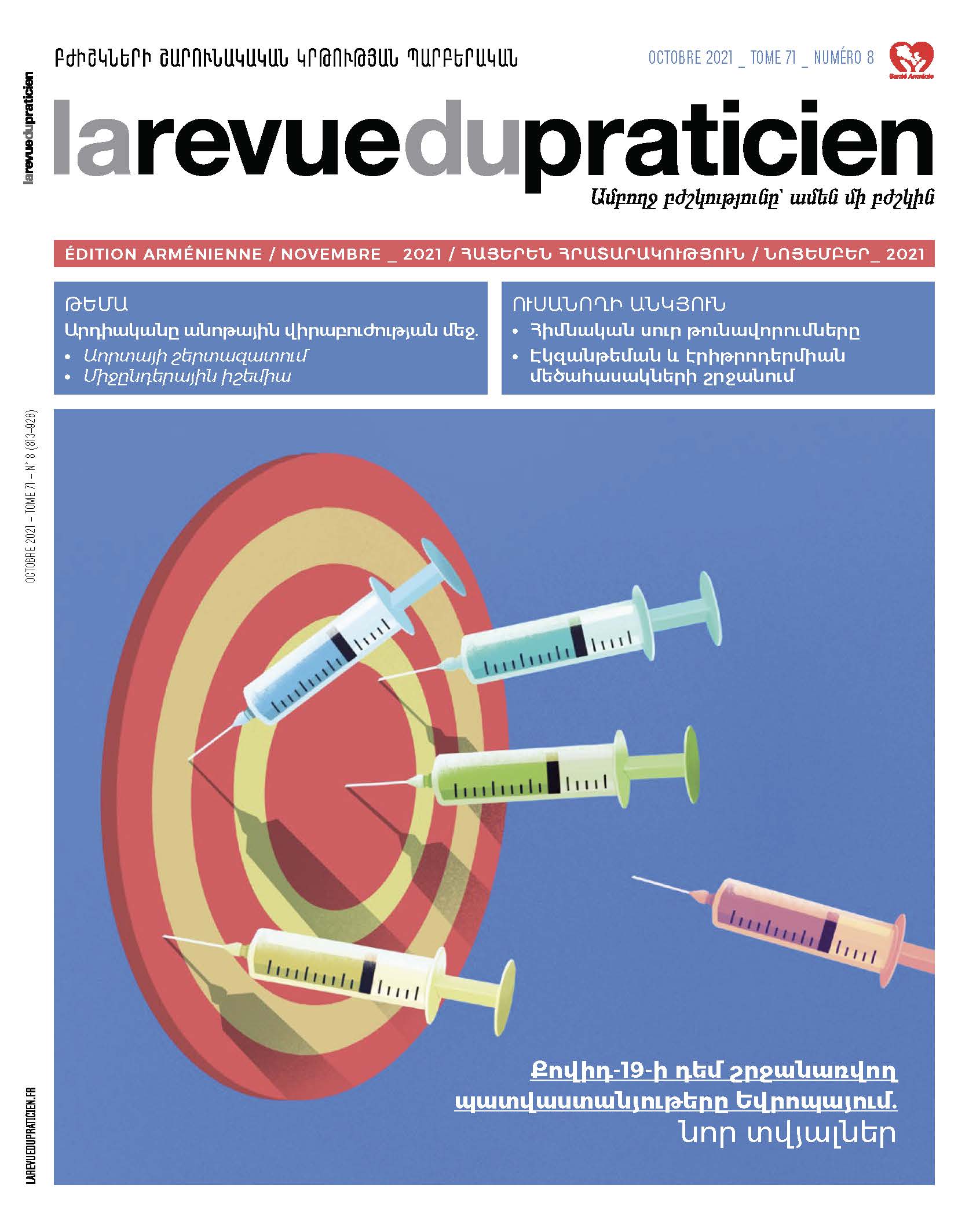Abstract
Primary biliary cholangitis (formally primary biliary cirrhosis, PBC) is the most common chronic cholestatic liver disease in humans. It is a presumed autoimmune liver disease, characterized by inflammation and progressive destruction of small bile ducts. Without treatment, PBC progresses towards liver fibrosis and, ultimately, cirrhosis. Women older than 40 are more likely affected. Pruritus and tiredness are the most common symptoms but they are frequently lacking. Diagnosis is made by the association of chronic biochemical features of cholestasis (parallel increase in ALP and GGT) and presence of specific auto-antibodies (particularly M2 anti-mitochondrial antibodies). Ursodeoxycholic acid (UDCA), which is the standard of care treatment for PBC, has dramatically improved the prognosis of the disease. However, 30 % to 40 % of patients have an inadequate biochemical response to UDCA and continue to be at high-risk of complications. In this situation, second-line treatments, including obeticholic acid or fibrates, should be considered in association with UDCA.
